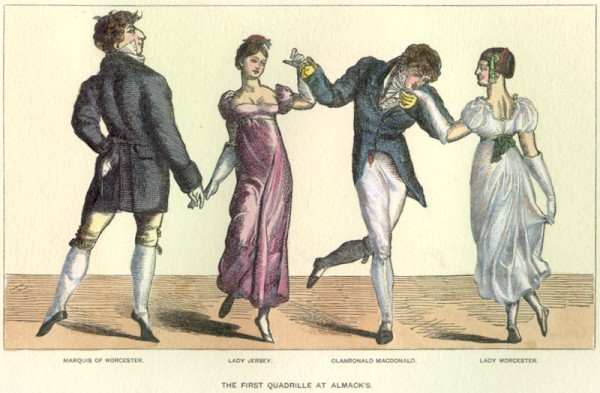In South Australia
Sadly, we bid farewell to Captain Morgan and the sailors of the Duke of York this week, as they finally set sail for Hobart and the whaling grounds off Australia. After seven months of his company, it will seem strange to be without him. His constant harping on religion may have got on our nerves from time to time, but he seems to have been an earnest, kindly soul, well-liked by his crew. The early problems with ship-board discipline vanished once they were underway and his habit of consulting his men on some decisions contrasts with what we hear of others. On 20 September he sails out of Nepean Bay, hailed by a fifteen-gun salute from the shore, which he duly returns with seven. Typically he leaves with a blessing, signaling ‘May you live in peace’ as he leaves the bay. ‘We made all sail from this infant settlement’, his diary records, ‘praying this barren land may become a fruitfull field in God'[s] vineyard’. And he adds a lengthy prayer, ‘given me by request from a friend’, for good measure. Much as we might hope otherwise, Captain Morgan’s path will soon be a stormy one. See the note we have added to his biography to read about what happens to him and to the Duke of York.
Watching the Duke of York sail out of the bay, Samuel Stephens adds his own prayer for the future of the settlement. His diary ends next week too, so we lose both of our main sources of information on the Kingscote settlement for a time, until others arrive to take up the story. But we do learn this week that Stephens and Charlotte Beare are to marry on 24 September, after which Stephens will go to the mainland.
Up at the Lagoon John Brown has much to try him. The merino sheep keep straying away and the fences they have built ‘have become of no use whatsoever’. They must begin again. But the little agricultural village is growing, as some of the women and children arrive and their cottages take shape.
Light and his surveying party meanwhile are investigating further around Yankalilla. What they see delights them. ‘I was enchanted with this spot’, Light writes of one valley, ‘it put me in mind of some of the orchards in Devonshire and I found it plentifully supplied with fresh water.’ He is less impressed with some other features. ‘The flies this day for the first time appeared in swarms and were dreadfully annoying’, he records on 21 September.
Two days later they are on the move again, searching for a harbour and for fresh water. Light is less impressed with the land a little further north, but consoles himself that the land a few miles inland is much better. On 24 September he anchors near present day Port Adelaide and notes the mangroves ‘growing to the water’s edge’.
At sea
The Africaine has arrived at the Cape and the passengers all troop on shore with relief. The Thomas family and most of the intermediate passengers stay near the port at a little town called Simon’s Bay, but most of the cabin passengers move on to Cape Town. Mary relishes the change of diet and the chance to walk in the countryside. She also stocks up on oranges and dried fruit, which is plentiful, and buys a ‘quart bottle of genuine cayenne pepper’, some of which she still had some 28 years later. Her description of Simon’s Bay is lively and positive: it was obviously a very welcome break from the ship.
The Gougers also enjoy their sojourn at the Cape, although they have very little time for sightseeing. Captain Duff has allowed them only two days in total and most of that is spent in shopping. They succeed in buying some livestock – several goats and fowls to add to the menagerie already on board. (Mary Thomas also acquires some fowls.) But they do manage to see the little museum and we are told that Mr Slater ‘proposes to found a Museum in S. Australia’. In all Robert Gouger is impressed with Cape Town and with its air of prosperity. So ‘well appointed’ were the houses, he records, that ‘it was not until after some minute investigation that we were able to discover the probable habitations of the labouring people’.
This week we make the acquaintance of another passenger –Arthur Gliddon. In a letter to his brother he gives us a quick run down on some of the other passengers. From this we learn that Mr Thomas is ‘very hot tempered;, and ‘does not appear to be liked very well by the Mediterranean Passengers (as the steerage folk call us).’
On the Buffalo things are going on much as before, with {tooltip} drilling {end-text} A military exercise in rifle handling. {end-tooltip} on the decks for the men and occasional dancing in the evenings. Stevenson and Fisher continue in their criticism of Captain Hindmarsh, and we see the beginnings of a strategy to outflank the Governor on arrival in South Australia. A combination of the influence of the Legislative Council and ‘the right direction of public opinion by means of the press’, they think should help to secure ‘good government’. We are reminded that Stevenson intends to combine his duties as private secretary to the governor with that of newspaper proprietor – what we would now see as an extraordinary conflict of interest!


